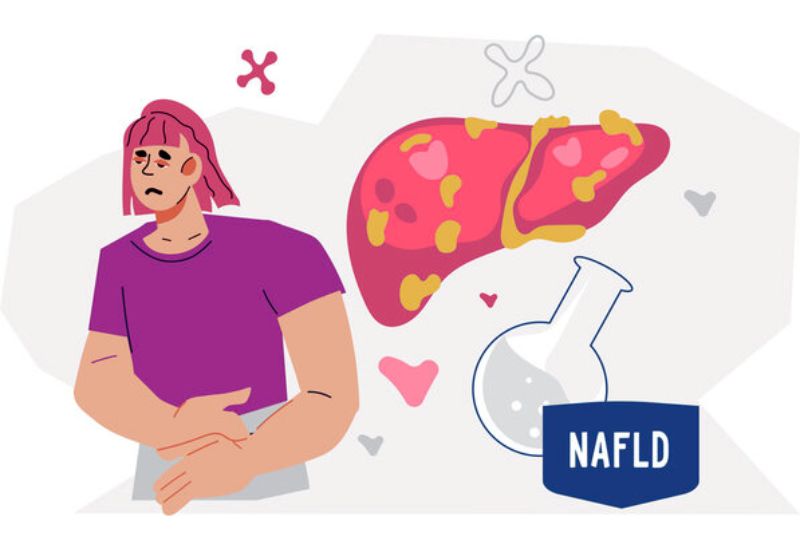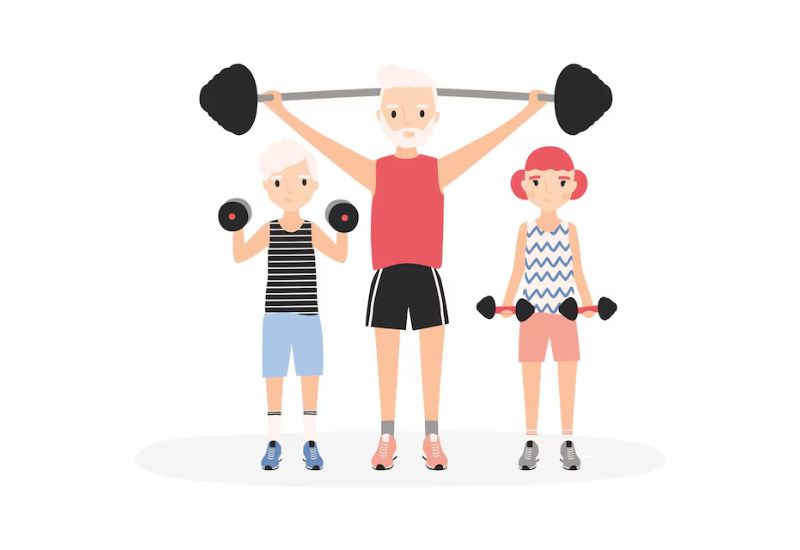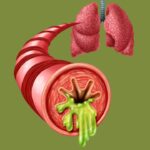Non-alcoholic fatty liver disease (NAFLD) is a condition characterized by the accumulation of excess fat in the liver not caused by alcohol consumption. As one of the most prevalent liver diseases globally, especially among individuals with metabolic disorders, NAFLD poses serious health risks if not detected and treated early. This article provides a comprehensive overview of the disease, its causes, risk factors, potential complications, and recommended management strategies.
1. What Is Non-Alcoholic Fatty Liver Disease?
Non-alcoholic fatty liver disease (NAFLD) occurs when fat makes up 5% or more of the liver’s weight without a history of excessive alcohol intake. It is the most common liver disorder among individuals with obesity, type 2 diabetes, or abnormal blood lipid levels. NAFLD is distinct from alcoholic fatty liver disease, which results from long-term excessive alcohol consumption.
1.2 Causes of NAFLD
The primary causes of NAFLD are metabolic in nature. Individuals with the following conditions are at a higher risk:
– Overweight and obesity: A body mass index (BMI) between 25–29.9 is considered overweight, while a BMI of 30 or above is categorized as obese. Around 90% of individuals with NAFLD are overweight or obese.
– Type 2 diabetes: There is a strong correlation between insulin resistance and the development of NAFLD.
– Dyslipidemia: High triglyceride levels and low HDL (good) cholesterol contribute to fat accumulation in the liver. Approximately 59% of patients with lipid disorders also have NAFLD.
– Metabolic syndrome, polycystic ovary syndrome (PCOS), and obstructive sleep apnea are also associated with increased risk.
– Endocrine disorders such as hypothyroidism, hypopituitarism, and hypogonadism may also play a role.
– Age and gender: The prevalence of NAFLD increases with age, and men are nearly twice as likely to develop the condition compared to women. Ethnic differences may also influence risk due to genetic variations.

Overweight and obese individuals are at high risk of developing fatty liver disease.
1.2 Symptoms of NAFLD
In its early stages, non-alcoholic fatty liver disease often presents no clear symptoms, making it difficult to detect. As the disease progresses, individuals may experience:
– Discomfort or pain in the upper right abdomen due to liver enlargement.
– Fatigue and unintentional weight loss.
– Abdominal swelling due to fluid accumulation.
– Visible small blood vessels under the skin, particularly on the abdomen, due to impaired blood flow in the liver.
– Swelling in the legs and feet (edema), yellowing of the skin and eyes (jaundice).

Some symptoms of non-alcoholic fatty liver disease are not caused by alcohol consumption.
2. Health Risks and Complications
NAFLD can range in severity from mild steatosis to more serious conditions such as non-alcoholic steatohepatitis (NASH), liver fibrosis, and cirrhosis. NAFLD is categorized into three grades based on the percentage of liver fat:
– Grade 1: 5–10%
– Grade 2: 10–25%
– Grade 3: >30%
While early stages are often reversible, progression to NASH significantly increases the risk of cirrhosis and liver cancer. Statistics show that:
– 12–40% of individuals with NAFLD may develop NASH.
– 12–25% of those with NASH may progress to cirrhosis.
– About 7% of cirrhosis cases due to NASH may lead to hepatocellular carcinoma (liver cancer).
Additionally, NAFLD is a leading cause of elevated liver enzymes and may contribute to cardiovascular complications.
3. Management and Treatment Strategies
When diagnosed with non-alcoholic fatty liver disease, patients should adopt a comprehensive lifestyle approach to reduce liver fat and prevent complications. Key recommendations include:
– Weight loss: Gradual and sustained weight loss (target BMI: 18.5–24.9) is essential. Rapid weight loss is discouraged as it can strain liver function.
– Dietary adjustments:
+ Increase intake of fresh vegetables (at least 300g) and fruits (200g daily).
+ Replace animal fats with plant-based oils.
+ Avoid high-cholesterol and processed foods, particularly those high in fructose.
– Physical activity: Engage in at least 30 minutes of exercise daily. Activities should be tailored to individual health status but consistent movement is critical in reducing liver fat.
– Medication: Follow prescribed medications without interruption if treatment is indicated by a physician.
– Regular monitoring: Periodic medical check-ups allow healthcare providers to assess liver health, monitor progress, and adjust treatment plans accordingly.

Individuals with fatty liver disease should engage in daily physical activity to reduce excess fat in the liver.
Conclusion
Non-alcoholic fatty liver disease is a potentially serious condition that can progress silently without symptoms. Early detection and intervention are key to preventing irreversible liver damage. Individuals experiencing unusual fatigue, abdominal discomfort, or other related symptoms should seek medical evaluation promptly. Maintaining a healthy diet, engaging in regular physical activity, and adhering to medical advice are vital steps in protecting liver health and overall well-being.








